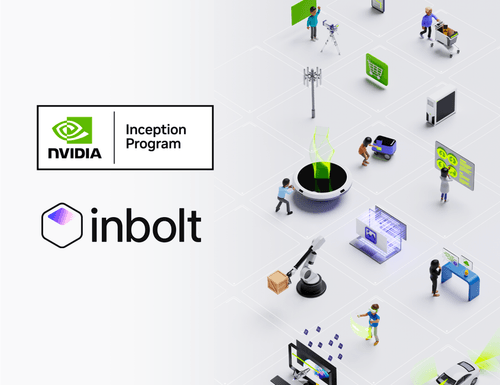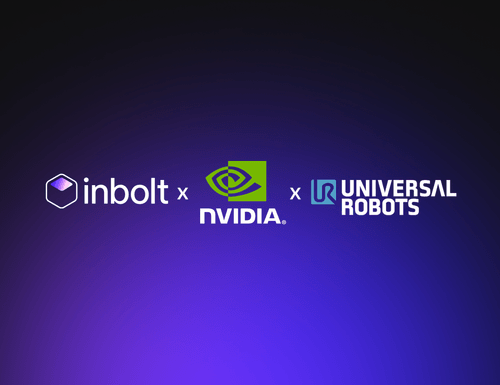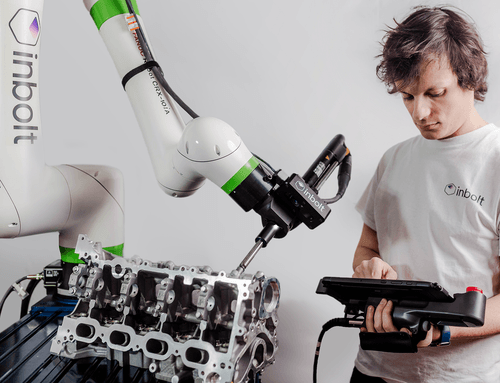AI Variations in Robotics
When it comes to choosing the right AI technology for robotics, we must match the tool to the task.
Introduction
Artificial intelligence had its debut in the 1940s, and refers to the simulation of human intelligence in machines programmed to think and learn like humans. These systems, depending on how they are trained, can be more or less adapted to perform specific functions, based on their design and the data they are provided.
These systems can perform tasks such as problem-solving, speech recognition, decision-making, language translation, and more, operating through various subfields, like Machine Learning (algorithms that enable systems to learn and improve from experience without explicit programming), Natural Language Processing (The ability of a machine to understand and respond to human language), and Computer Vision (The capability of machines to interpret and make decisions based on visual inputs).
A history of AI in robotics
The integration of AI into robotics has evolved over several decades, from the 1960s, when Unimate—the first industrial robot—was installed at a General Motors plant, to 1966, when Shakey the Robot was developed with AI in order to navigate its environment. Moving into the 1970s and 80s, the 90s, and its rapid progress through the 2000s and 2010s. But while AI has been used for decades now, we’ve only really started seeing an uptick in genius AI in the past few years. In 2021, Tesla announced plans for the Tesla Bot; in 2022, OpenAI’s GPT-3 demonstrated the power of AI in language understanding, coding, and more, which has since been used for robotics as well.
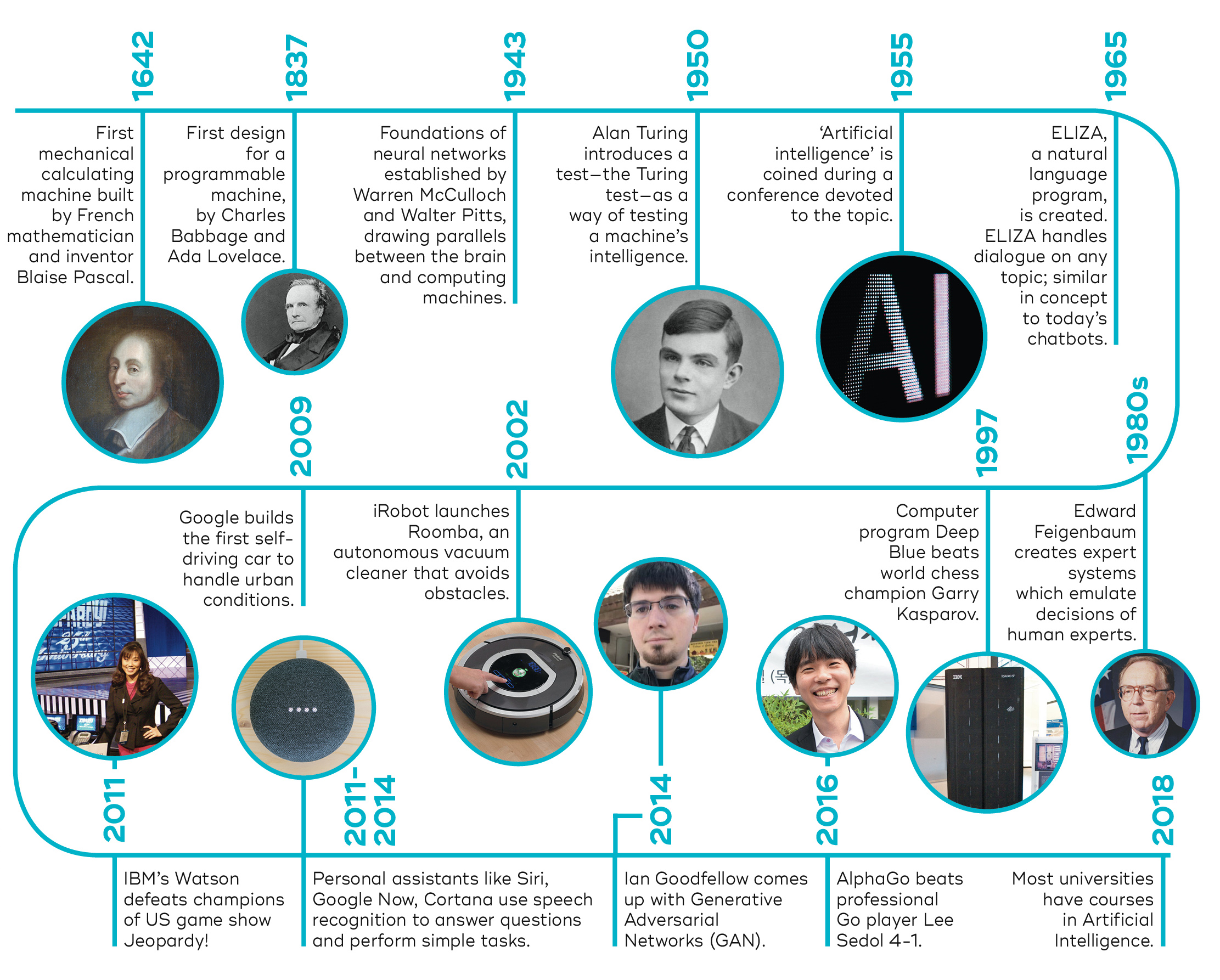
Types of AI
Artificial Intelligence (AI) in robotics is categorized into several types.
The simplest form are designed to respond to specific inputs with pre-defined outputs without the capability to form memories or learn from past experiences. These systems are limited by their fixed responses and lack of context understanding, requiring extensive pre-programming and frequent updates to handle new scenarios. While their predictability ensures safety and human oversight, their inflexibility can lead to failures in unexpected situations.
AI with limited memory, used in applications like autonomous vehicles, can retain and utilize past experiences to make better decisions, but this capability comes with technical constraints, like the need for substantial data storage and processing power.
More advanced and largely theoretical is the Theory of Mind AI, which aims to understand and simulate human emotions and thoughts. Developing these kinds of AI involves complex modeling of human behavior, requiring interdisciplinary collaboration and immense computational resources.
Matching the AI to the techology
When it comes to choosing the right AI technology for robotics, we must match the tool to the task. Complex tasks that need adaptability usually rely on sophisticated AI like deep learning or reinforcement learning, while straightforward, repetitive jobs can get by with simpler, rule-based systems. The environment matters too: outdoor robots need sturdy computer vision to cope with changing weather and light, whereas indoor bots can often focus on precision and safety.
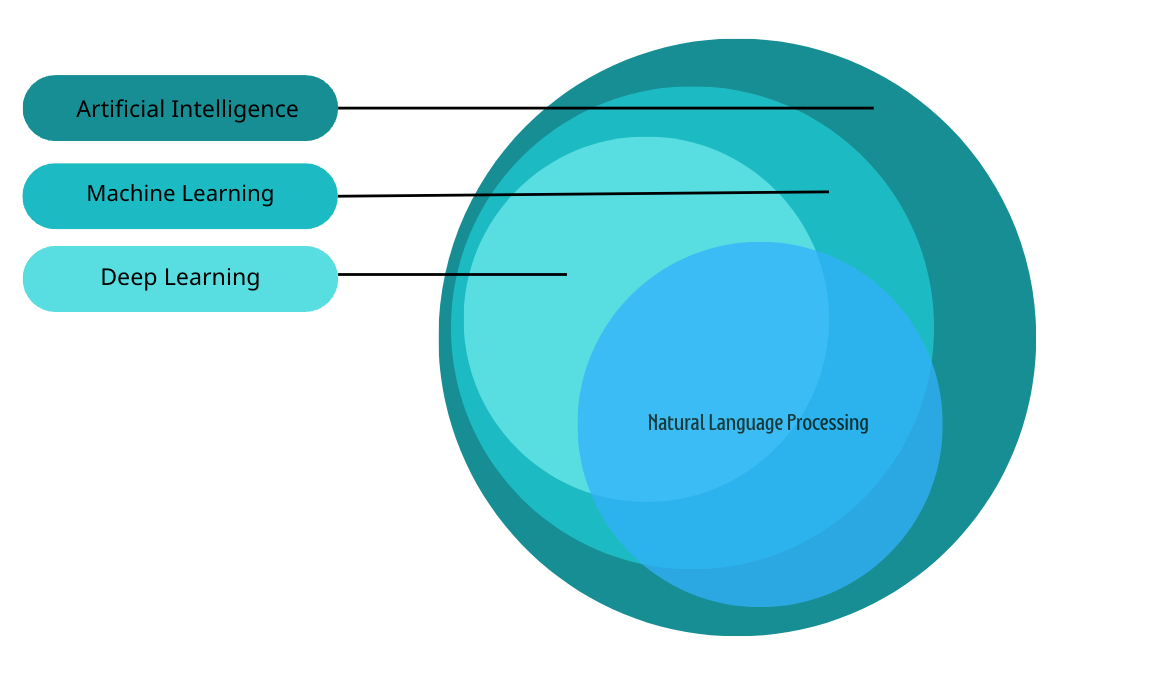
Machine Learning (ML), Deep Learning (DL), Reinforcement Learning (RL), and Natural Language Processing (NLP) are changing robotics. ML algorithms, which learn from data and improve over time, are used in robotics for tasks such as predictive maintenance, quality control, and autonomous navigation. DL, which involves neural networks with multiple layers, excels in image recognition, object detection, and complex decision-making, enabling robots to perform more sophisticated tasks. RL, where agents learn through trial and error, finds applications in robotic arms on assembly lines and autonomous drones, optimizing their performance through continuous learning. NLP allows robots to understand and generate human language, facilitating applications like voice-controlled assistants and customer service bots, thereby enhancing human-robot interaction.
Limitations of AI in Robotics
Despite its advantages, AI integration in robotics faces a few challenges and technical limitations, like a heavy reliance on large datasets for training AI models, the high demand for computational power and resources, ethical and social concerns, issues of bias and fairness arising from biased data, and more.
So, how can you choose one type of AI over another?
Task-specific requirements play a crucial role; certain tasks are inherently better suited for specific AI types, such as deep learning for image recognition.
Performance metrics like accuracy, speed, and adaptability can be used to evaluate the suitability of an AI solution for a given task, as well as resource availability, particularly for large datasets for training (DL often requires extensive data, while reinforcement learning (RL) doesn’t always).
Integration and scalability are critical for practical implementation. The chosen AI must integrate seamlessly with existing systems, and the scalability of AI solutions is important to ensure they can be expanded across different applications without issues.
AI at Inbolt
Inbolt utilizes AI technologies, such as deep learning for image recognition, and reinforcement learning for optimizing robotic movements in complex environments. These applications are tailored to meet the specific demands of our clients.
Inbolt’s operations require AI technologies that can handle high volumes of data and adapt to diverse industrial scenarios: Our choice of AI is driven by the need for robust image analysis, predictive capabilities, and the ability to optimize processes autonomously.
Looking ahead, advancements in AI algorithms, better integration techniques, and improved computational resources will likely drive innovations in robotic applications. The focus will be on creating more autonomous, adaptable, and secure AI systems.
Explore more from Inbolt
Access similar articles, use cases, and resources to see how Inbolt drives intelligent automation worldwide.
Reliable 3D Tracking in Any Lighting Condition
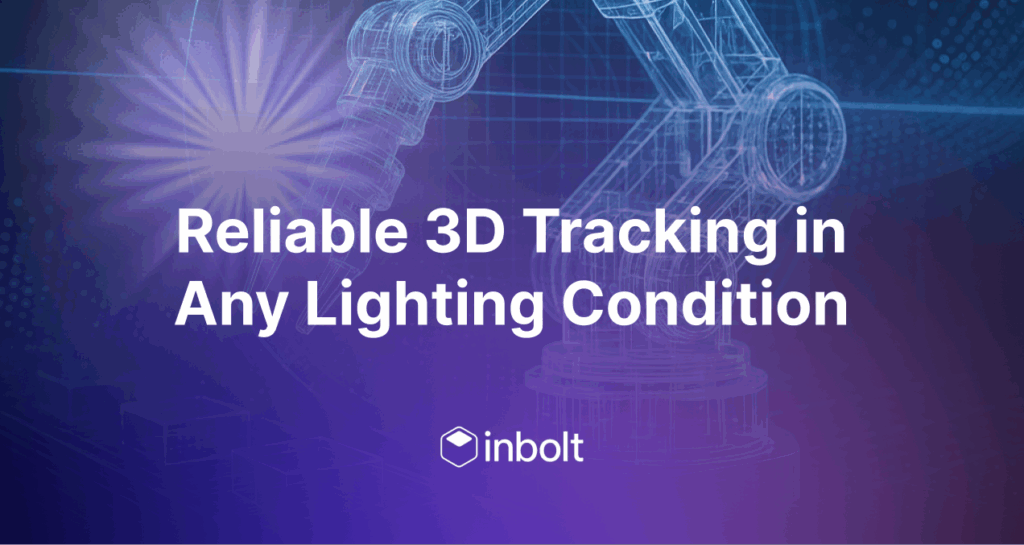
The Circular Factory - How Physical AI Is Enabling Sustainable Manufacturing

NVIDIA & UR join forces with Inbolt for intelligent automation
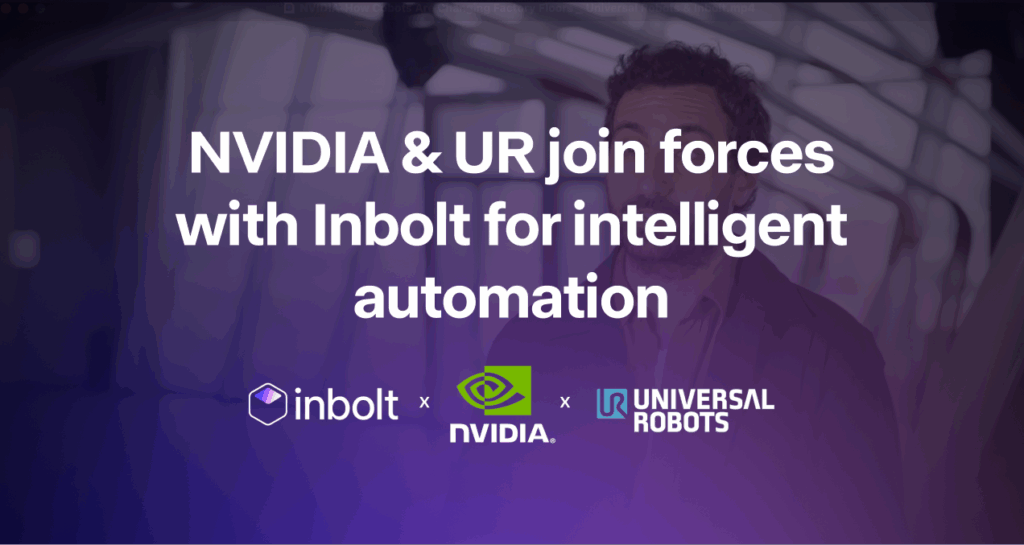
KUKA robots just got eyes: Inbolt integration is here
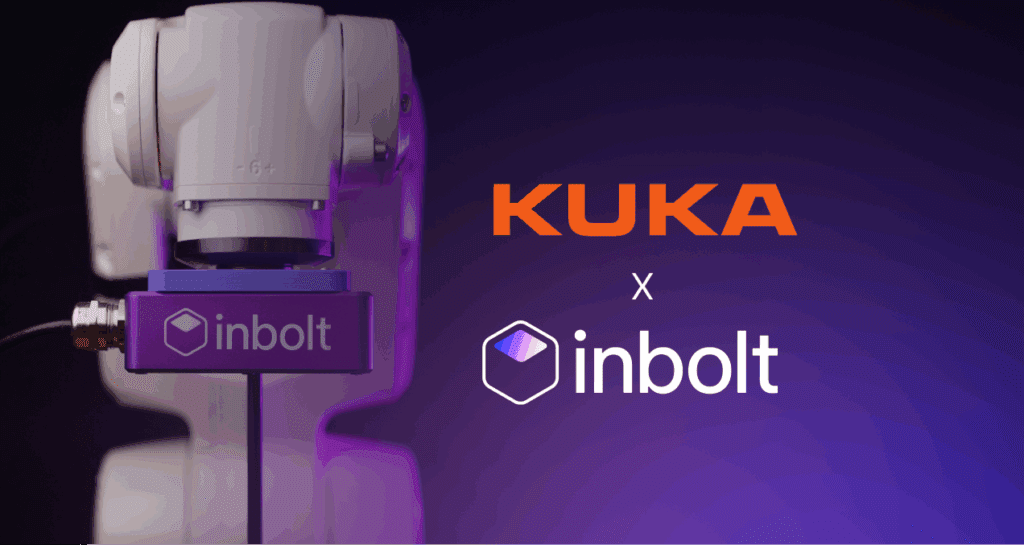
Albane Dersy named one of “10 women shaping the future of robotics in 2025”

Want to Sound Smart About Vision‑Guidance for Robots?
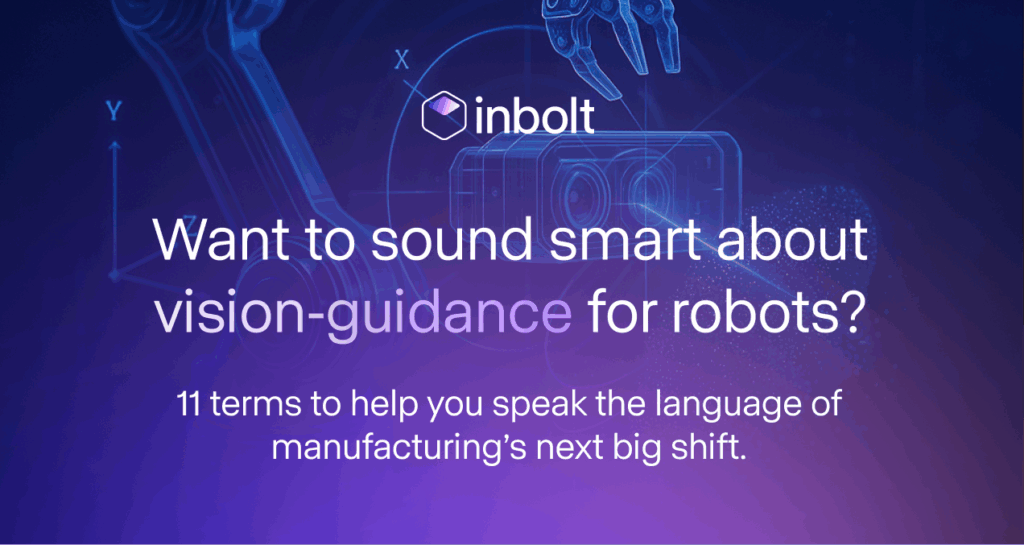
Inbolt Joins NVIDIA Inception to Accelerate AI-Driven Automation
